Along a beautiful section of the Nile lies the idyllic city of Aswan, the largest city in southern Egypt, with sleepy Nubian villages spilling to the river. Aswan is about as far south as most travelers will reach in Egypt, with most likely an extra excursion even further south to the famous temples of Abu Simbel, only ~40 km from the Sudanese border. Without the noise, pollution, traffic, and aggression seen in Egypt’s other cities, Aswan is a relaxing escape from it all with plenty of wonderful sites to take in. And last but not least, Aswan serves as the departure or arrival point for one of Egypt’s most popular excursions: a Nile river cruise from Luxor to Aswan or vise versa.
We flew to Aswan from Cairo (only a 1 hour flight), amusingly bargained for a taxi ride into town for 100 LE, and enjoyed a couple days in Aswan before departing for our 4-day/3-night “luxury” Nile river cruise to Luxor. In addition to relaxing at cafés and watching sailboats or feluccas sail beneath golden sunsets along the Corniche waterfront, we strolled through Aswan’s colorful Sharia as-Souq and toured the High Dam and Lake Nasser, Unfinished Obelisk and quarries, the Tomb of the Nobles in the West Bank, the Temple of Isis on Philae Island, and of course, the temples of Abu Simbel further south.
Feluccas on the Nile along Corniche: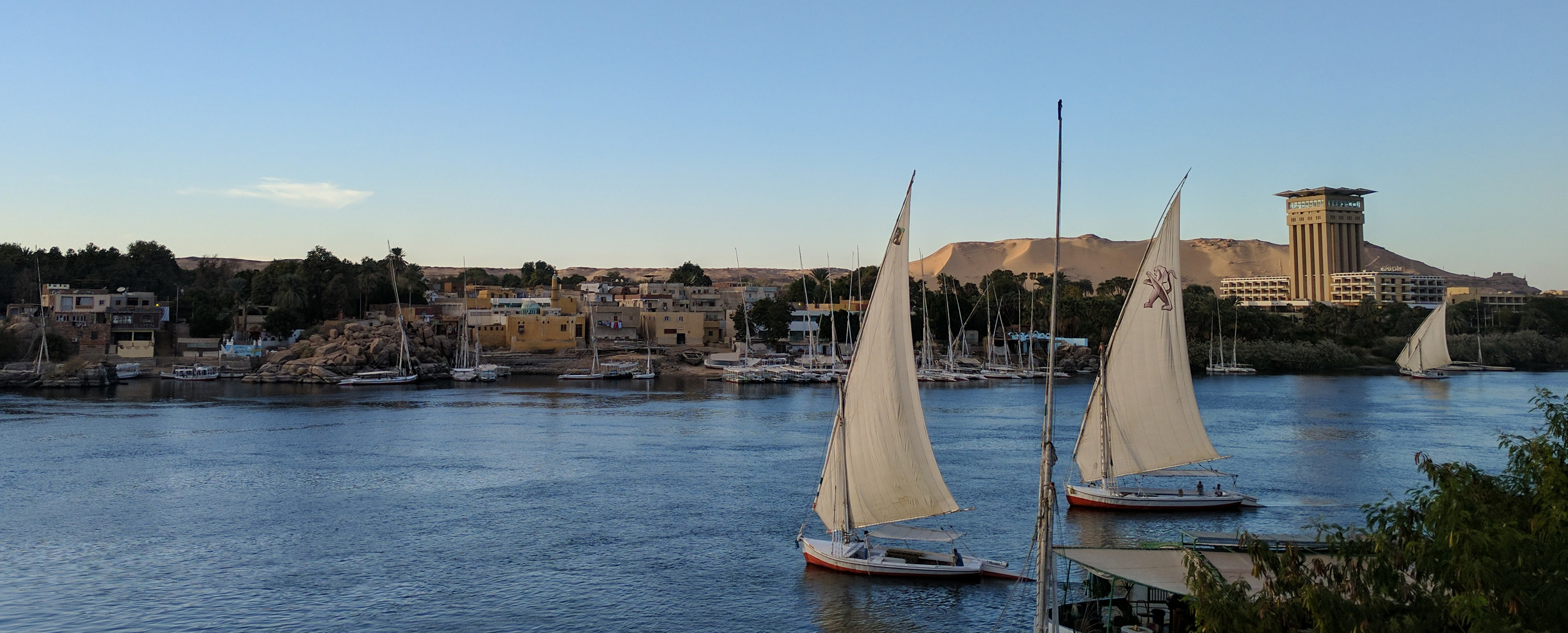
Sharia as-Souq:
Egyptian street food in central Aswan:
Before we embarked on our cruise, we made the long, painfully early journey to Abu Simbel. The temples of Abu Simbel are famous not just for their grandiosity and massive size, but for its remarkable story: had it not been for the collaboration of multiple international archeological teams, these temples would have been drowned and lost forever after the damming of the Nile in the 1960s. After 4 years and $40 million, these teams cut the temples into blocks, transferred them 210 meters away from the water and 65 meters up, and reconstructed them inside an artificial mountain. Once you set eyes on the temple’s facade and think about this history, you can’t help but ponder even more about the capabilities of mankind.
The cheapest way to get there is to book a last minute excursion from a budget hotel in Aswan. At the time in December 2016 we paid 160 LE each (~$9) for a packed breakfast and transportation to and from Aswan in a shared minivan–sure beats the $30 per person that cruises charge when booking the same exact journey! Unfortunately all itineraries are identical: a cringeworthy pick-up between 3-3:30am, a 3-hour ride to Abu Simbel, 2 hours to spectate the temples, and a 3-hour ride back. It is cheap, long, and tiring, but absolutely worth the effort.
Perhaps our favorite archeological site in Aswan was the Tomb of the Nobles on the West Bank. Not only were the accessible tombs the most well-preserved tombs I had seen in all of Egypt, but the view from the hilltop provided the best Nile river views. To top it off, we enjoyed the entire site to ourselves.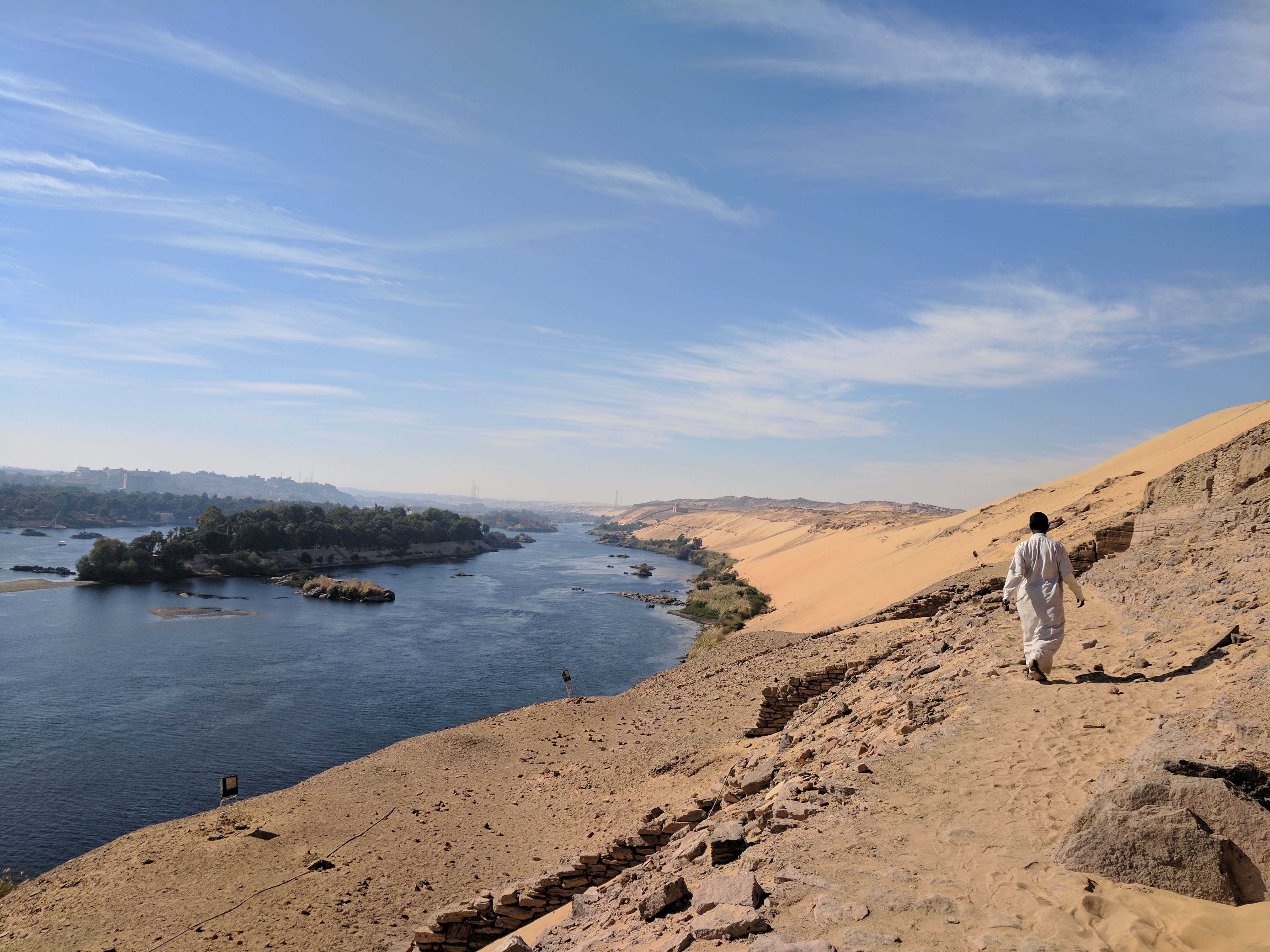
To get there, we took the local ferry to cross the Nile for 5 LE (~25¢) each.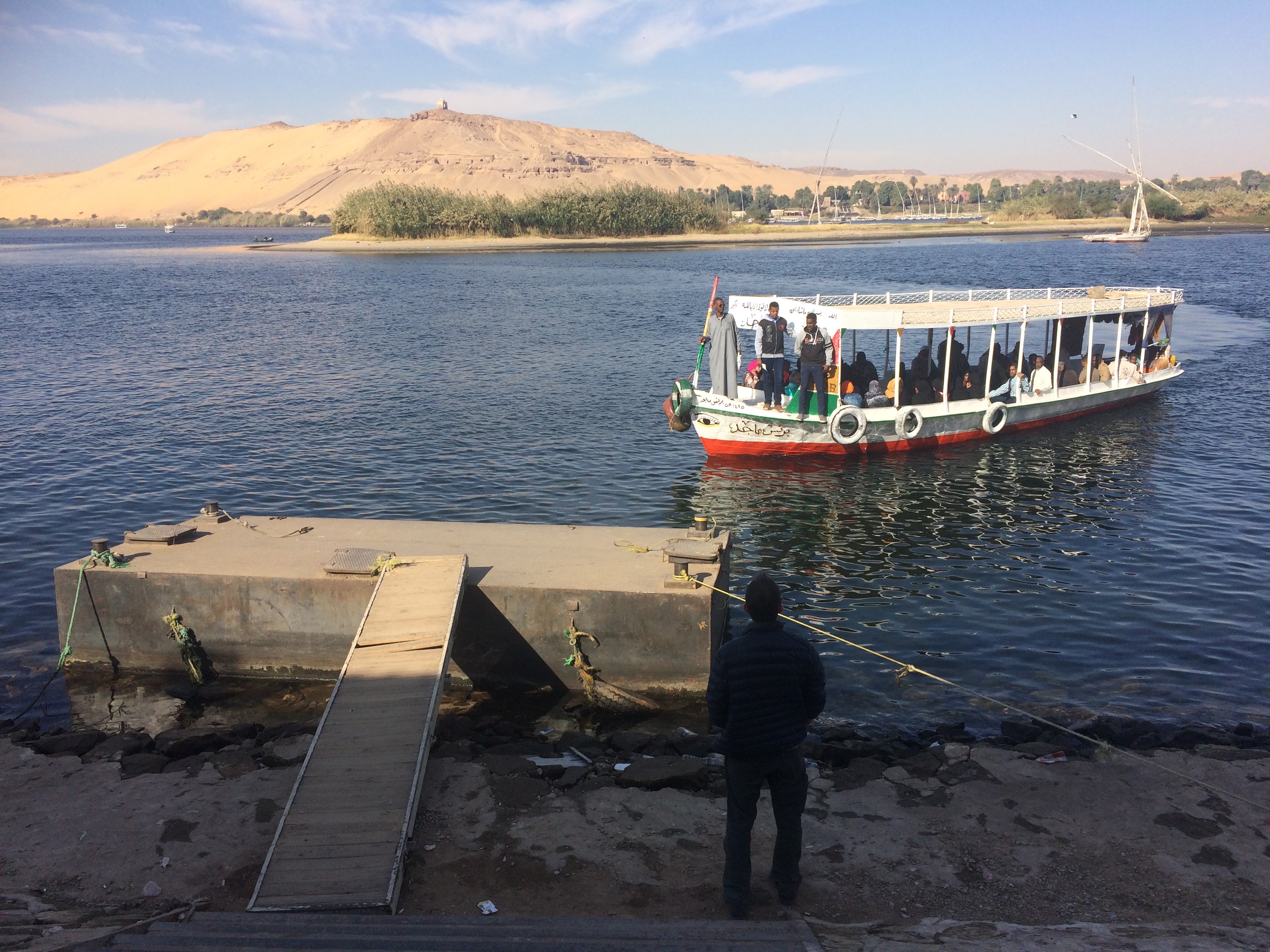
From the West Bank ferry stop, it was just a few minutes walk to the Tomb of the Nobles. Touts offered camel rides, but it was literally less than a 3-minute walk.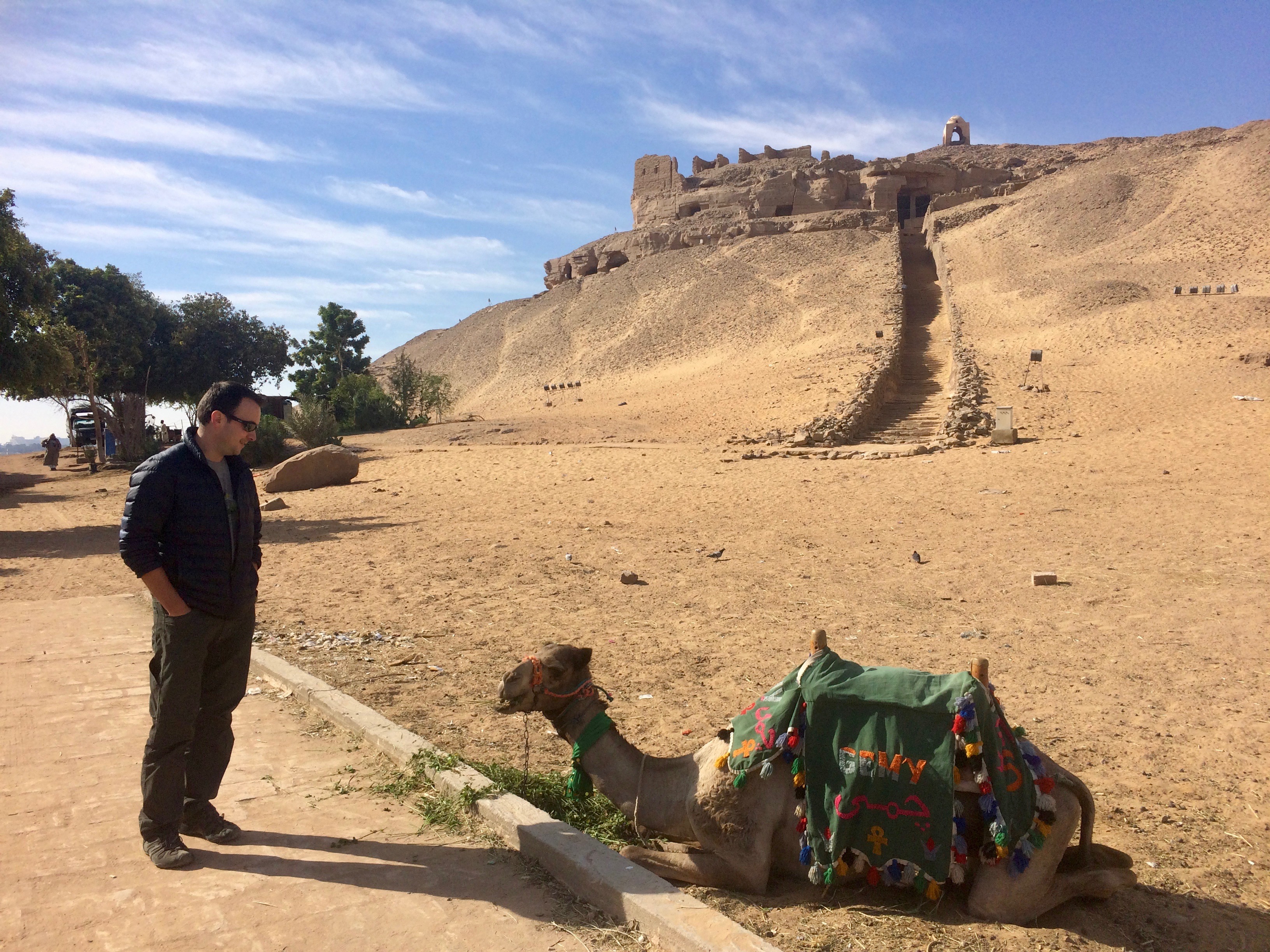
Once we climbed up the steps to the Tomb of the Nobles, the bored guard led us to the 4 tombs available to the public. As more tombs are continually being excavated at this site, I was satisfied with the ability to only peek into 4. Better yet, the incredible conditions of these tombs exceeded our expectations. Considering the paintings are thousands of years old, we were shocked by tomb’s vivid colors and details. Take a look yourself.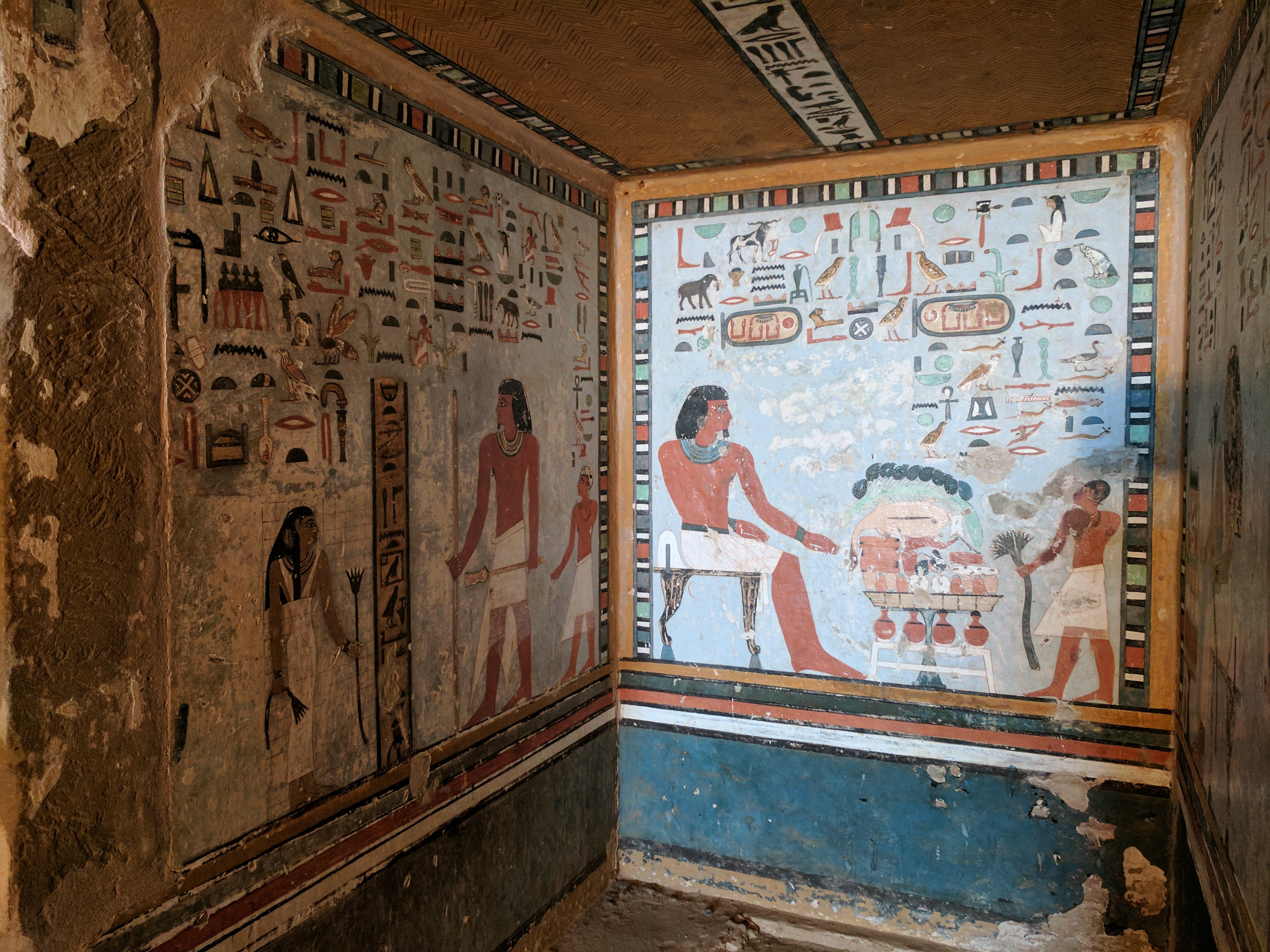
When we thought it couldn’t get any better, it did. After observing the 4 tombs, we climbed up the short hill to a viewpoint. Needless to say, we spent extra time at the top to soak in the magnificent views of the Nile from an abandoned structure.
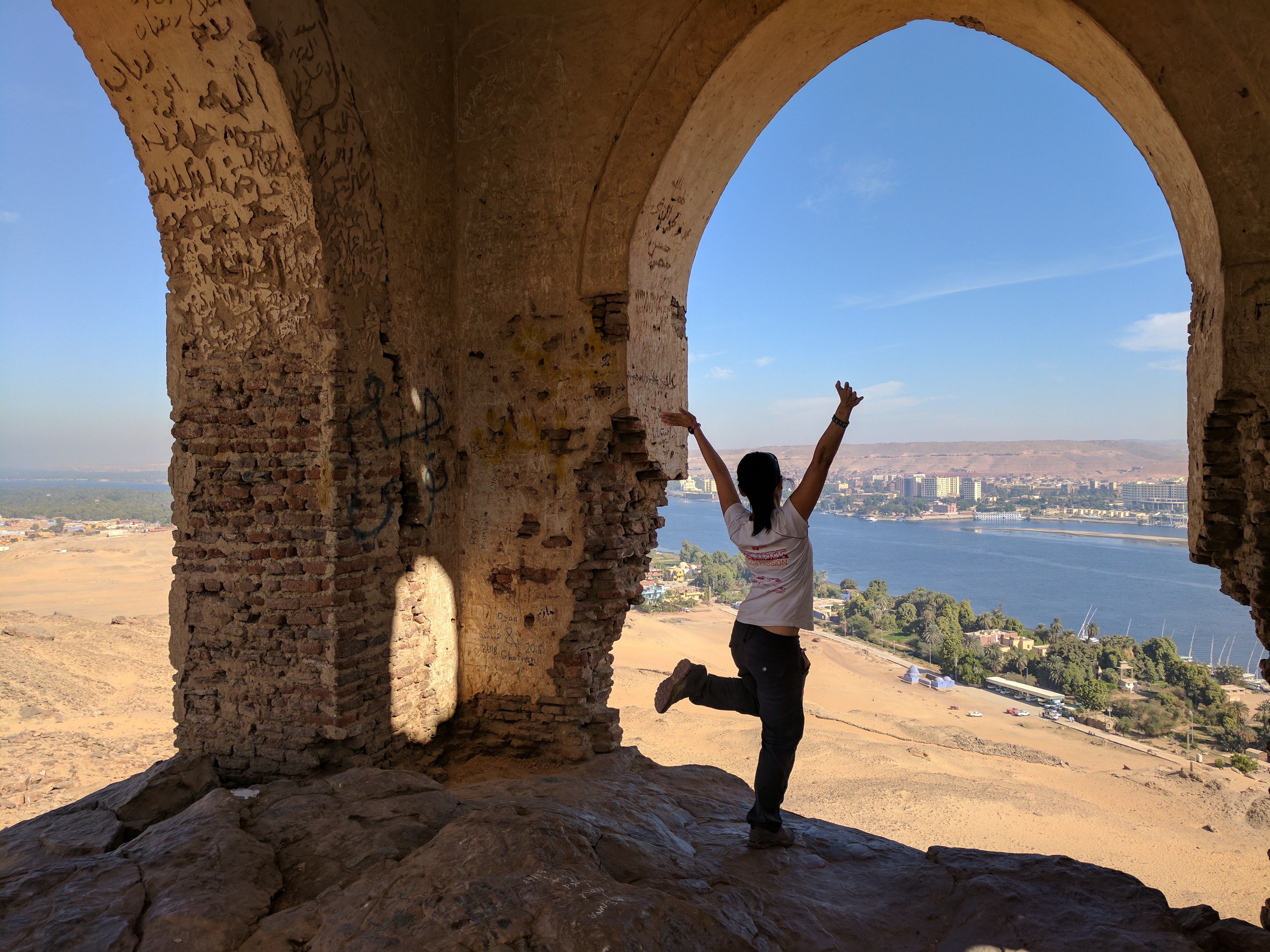
Because our Nile river cruise included guided tours through some of Aswan’s notable sites, we saved the High Dam, the Temple of Isis on Philae Island, and unfinished obelisk for last after independently touring Aswan city, Abu Simbel, and the Tomb of the Nobles. Our guide picked us up from our hotel on day 1 of our cruise and chaperoned us through these sites.
The Aswan High Dam created Lake Nasser, the largest artificial lake in the world.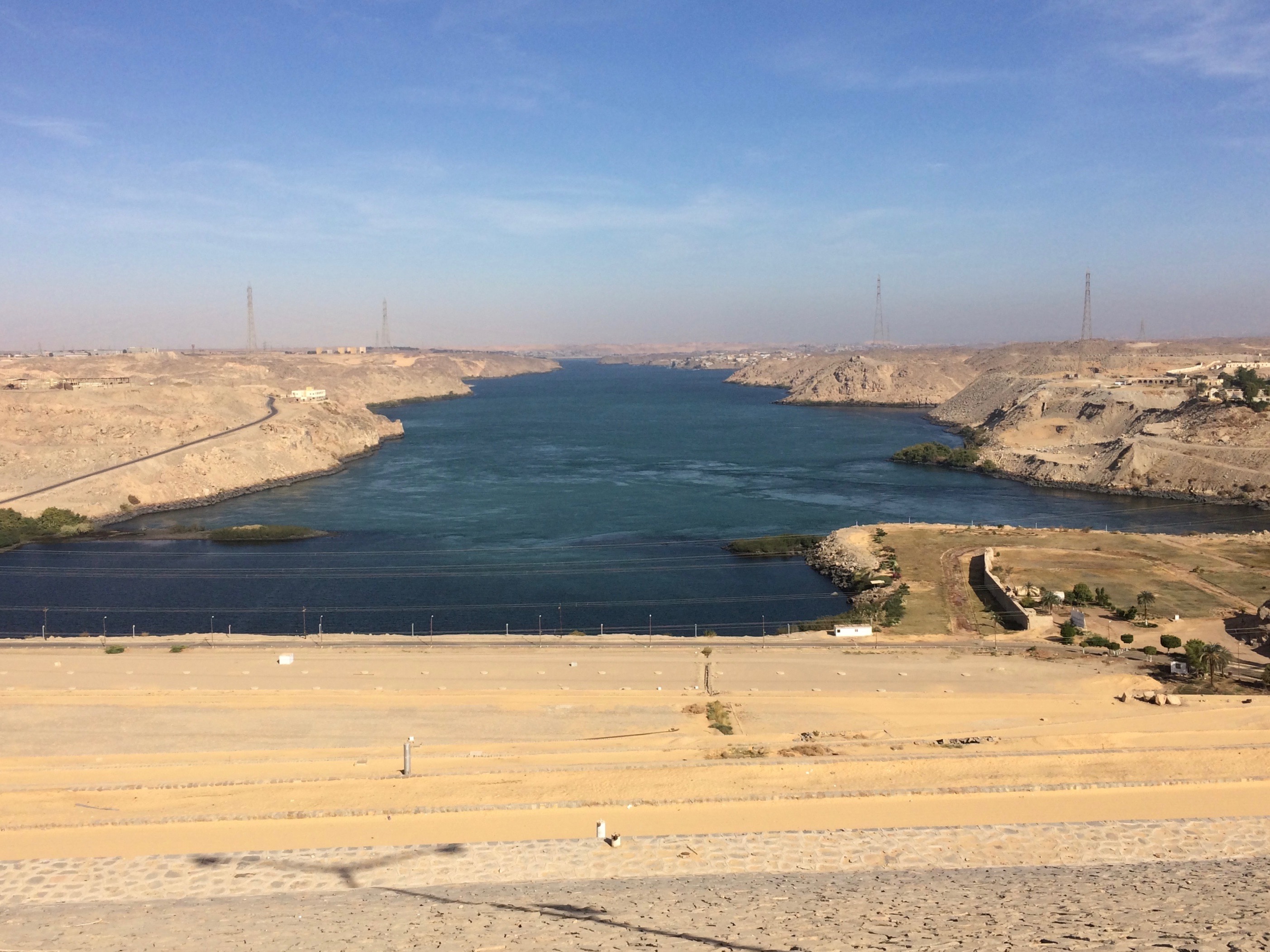
The monument of Arab-Soviet Friendship at the high dam:
The Temple of Isis at Philae Island also saw the same feat as the temples of Abu Simbel; had it not been for the intervention of UNESCO the temple would have drowned and disappeared due to the High Dam. This temple was broken down piece by piece and reassembled 20 meters higher on a nearby island. All visits require a short boat ride.
Our final site was the unfinished obelisk. Though historically significant, the site is as bland as it sounds…an unfinished obelisk lying in a quarry. Had it not been for a flaw found in the rock in its early stages of building, the obelisk would have been the largest obelisk in Egypt.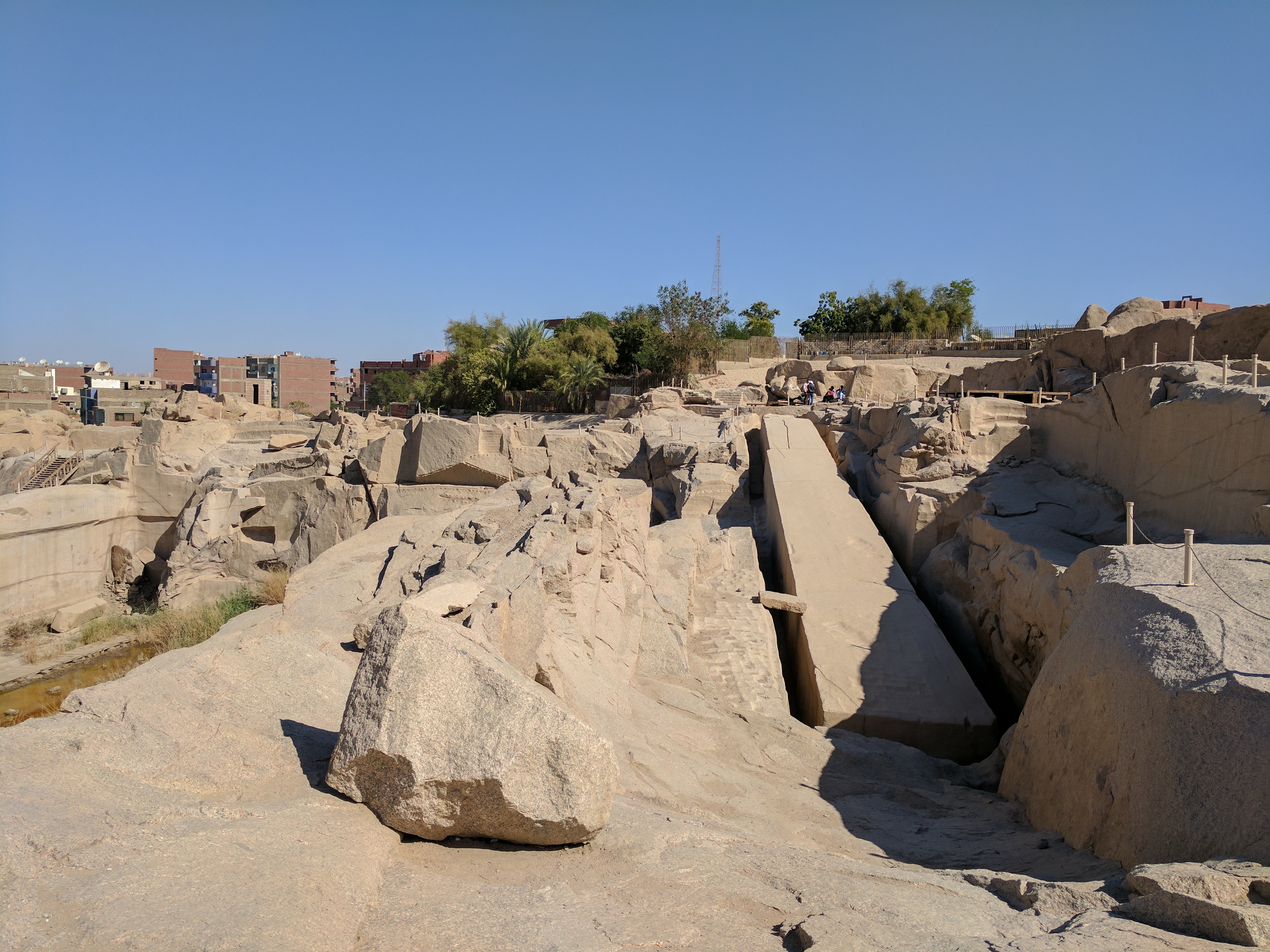
I was amazed to discover that many (if not most) travelers only spend a day in Aswan and more in Luxor. With clearly an abundance of archeological sites to see, tasty Egyptian food, arguably the best views of the Nile river, and one of the most relaxed atmospheres in touristy Egypt, we had no problem spending 3.5 days in the lovely city. We arrived to Aswan by air and departed by cruise ship, an experience I describe in my next post.

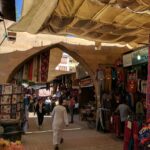




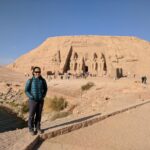
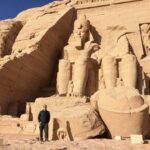

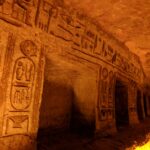
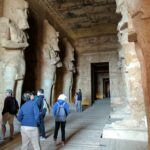
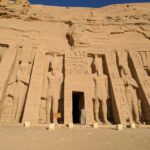
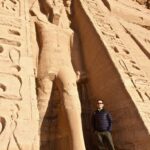
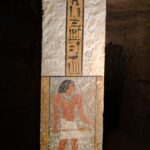
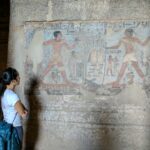

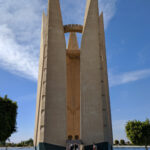
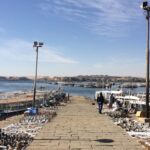
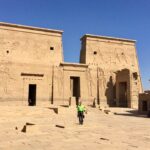
The pictures you are taking are breathtaking. I so enjoy the Egyptan temples, tombs and scenery. Thank you for sharing once again. Blessings, Elaine